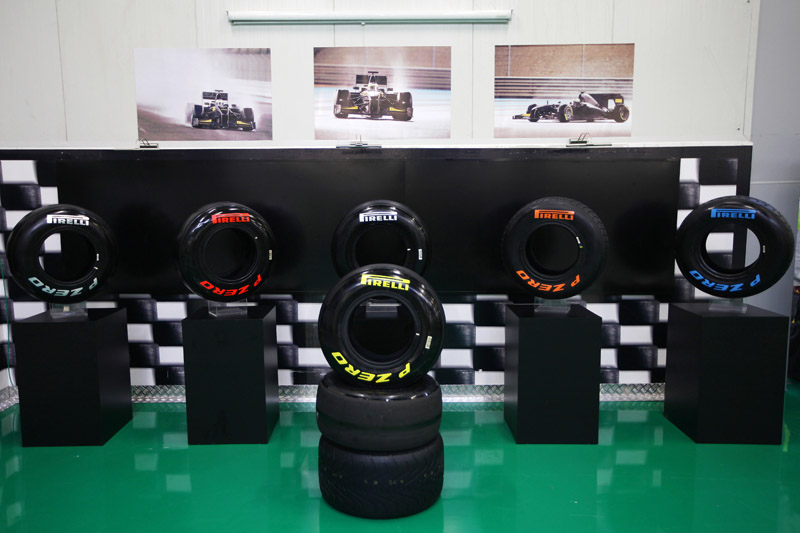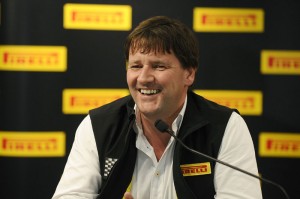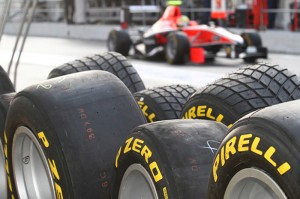The final street circuit race of the season takes place in Singapore: the only country to host a grand prix that takes place entirely at night, under the glare of 1500 light projectors.

Inaugurated in 2008, the race takes place through the Marina Bay area of Singapore, on asphalt that normally serves as busy city streets. As a result, the bumpy surface is inconsistent and offers low grip, incorporating the usual street furniture (such as painted white lines and manhole covers) as extra hazards for the tyres.
The two compounds that Pirelli will bring to Singapore are the P Zero Yellow soft tyres and P Zero Red supersoft tyres: the same combination that was used on the street circuits of Monaco and Canada as well as in Hungary.
 Paul Hembery, Pirelli’s motorsport director says,”Singapore is a race that adds a unique and truly spectacular new dimension to the Formula One calendar. Because it is such a specific event, this makes it quite hard for teams to arrive at the best set-up and you often see some quite different solutions.”
Paul Hembery, Pirelli’s motorsport director says,”Singapore is a race that adds a unique and truly spectacular new dimension to the Formula One calendar. Because it is such a specific event, this makes it quite hard for teams to arrive at the best set-up and you often see some quite different solutions.”
The characteristics of Singapore mean that the average speed lies in between those two tracks, but just like Monaco and Canada, the track progressively rubbers in and gets quicker over the course of the weekend.
However, Singapore is also one of the hottest and certainly the most humid street circuit of the season, with minimum temperatures of around 28 degrees centigrade during the race and humidity between 75% and 90%.
“Our tyres have to work equally effectively within a wide range of parameters, and this is one of the biggest challenges for us over the course of the year. A lot is made of the heat in Singapore, but what people tend to feel is actually the humidity, which means that our tyres should be comfortably within their working range when it comes to ambient and track temperature,” Hembery continues on.

Despite this, it has never yet rained during the race in its three-year history. Engineers and tyre technicians are faced with the opposite problem to the usual one they encounter, as track temperatures tend to go down dramatically during each session, rather than rise.
According to Hembery again, the free practice sessions in Singapore will be crucial, as the teams assess the effect of each of the four tyres on their set-ups and overall speed.
With 23 corners – two of which are taken at over 160km/h – Singapore has the second-highest number of corners of any circuit (Valencia has the highest, with 25). This makes it as demanding on the tyres as it is on the drivers, with the last sector of the lap in particular being one of the most technical of the entire season.
Although Singapore is a street circuit, around one fifth of the track is permanent, built specifically for the grand prix. With the majority of the corners being low-speed, taken in second or third gear, teams opt for a high-downforce set-up.
But the slower the corner, the more work the tyre has to do, as the cars rely on mechanical rather than aerodynamic grip to negotiate them. This is particularly true in the final part of the lap, where the tyres on the right-hand side of the car are doing most of the work.
